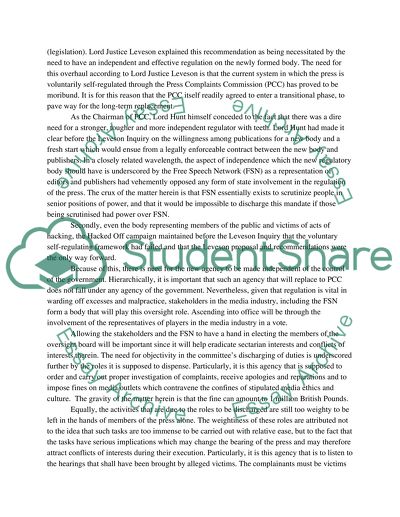Cite this document
(“Leveson Inquiry - Risk management analysis Coursework”, n.d.)
Retrieved from https://studentshare.org/law/1404623-enterprise-risk-management-analysis
Retrieved from https://studentshare.org/law/1404623-enterprise-risk-management-analysis
(Leveson Inquiry - Risk Management Analysis Coursework)
https://studentshare.org/law/1404623-enterprise-risk-management-analysis.
https://studentshare.org/law/1404623-enterprise-risk-management-analysis.
“Leveson Inquiry - Risk Management Analysis Coursework”, n.d. https://studentshare.org/law/1404623-enterprise-risk-management-analysis.


